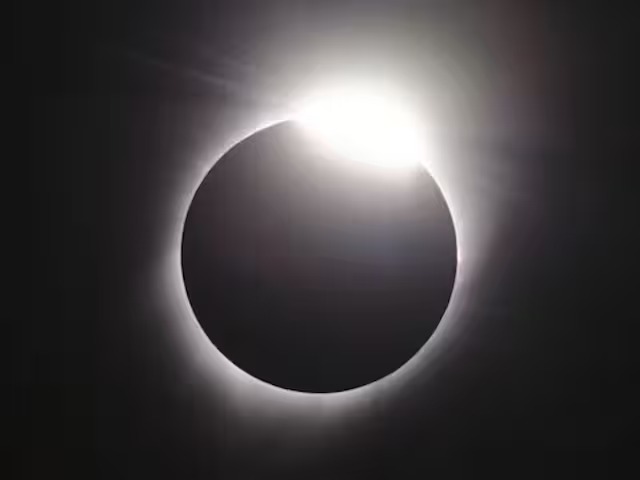NASA Requests That Observers Use This App To Share 30-Second Videos Of Solar Eclipses
On April 8, a solar eclipse is scheduled to be seen worldwide. Residents of North America and abroad will have the opportunity to see this historic event, which is said to occur during solar maximum, the pinnacle of the Sun’s 11-year solar cycle. The US space agency, the National Aeronautics and Space Administration (NASA), has taken extra measures to monitor this celestial event in such a scenario. It will need the involvement of global observers. NASA has created an app that allows anyone to record and upload images and videos of solar eclipses so that the database may be updated and tracked appropriately.

It was created in partnership with Western Kentucky University to enable astronomy enthusiasts to take and share images of the solar eclipse. The created application is called SunSketcher. In order to map the Sun using the data gathered from these media files, NASA needs individuals to put forth effort in gathering study material in the form of images and videos.
“If you are at a place from where you can see the solar eclipse, then you are welcome,” said Star May, the leader of the team that developed the SunSketcher app. She said that it’s an easy procedure. The footage of this astronomical event must be uploaded by the observers to the app. The video should last for at least thirty seconds.
Both Android and iPhone phones may be used for this. During the media event on March 26, Star May said, “It is free, and you can also take training on the app for this if you want.”
According to Professor Andrea Florence of the University’s Department of Computer Science, 101 photographs will be taken by the app and sent to the WKU server. NASA will examine the sun’s activity after gathering the data. Over 10 lakh downloads have been made of this software thus far.
Notably, on April 20, 2023, Australia saw prominences resembling a complete solar eclipse. Totality is the name given to the short time of darkness that occurs on Earth during a solar eclipse, when the moon totally blocks the Sun’s light.







